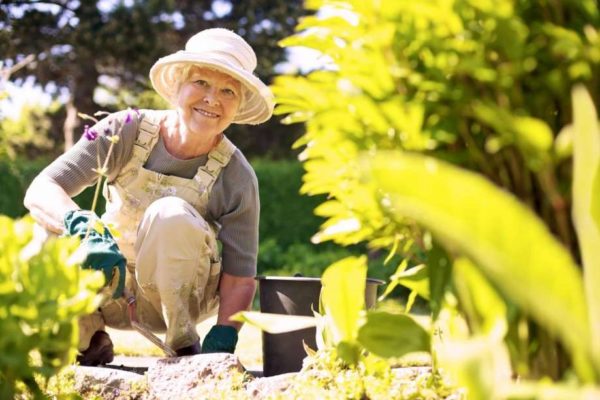A recent New York Times article discussed how after a five decade rise in the number of women in the workforce, that rise has stalled over the past 15 years. The general consensus is that caring for children, historically a woman’s job, has taken its toll. But the other significant factor is that elder care responsibilities have also increased as the population in the United States has aged. This combination has made it challenging for many women to actively remain in the labor market. Today, 15 percent of the American population has reached retirement age. Many older Americans are unable to live independently, and the job of caring for them falls predominantly on wives and daughters. A quarter of the women age 45-64 years old and one in seven of those 35-44 are caring for an older relative.
As a result, 10 percent of family caregivers have to cut back on their work hours and 6 percent leave the work force entirely. Surveys indicate that family caregivers spend about 20 hours a week providing care, with many reporting having to miss work or eventually losing their jobs. This trend is likely to continue – by 2030, more than 20 percent of Americans will be of retirement age and on average, will need three years of long term care. The burden on millennial adult children will be even greater as they care for their children and parents. They also have fewer siblings with whom to share the responsibilities and with higher divorce rates among aging baby boomers, many will have no spouse to care for them.
The U.S. Department of Labor projects that roughly 1.2 million home health aides and personal care aides will be added to the labor market to help address this need. In the meantime, prime working-age women will continue to leave the workforce to care for aging parents. HomeCare by RVNA offers certified aides on an hourly or live-in basis who can help to care for loved ones when family members cannot. For more information, call 203 894-5000.





